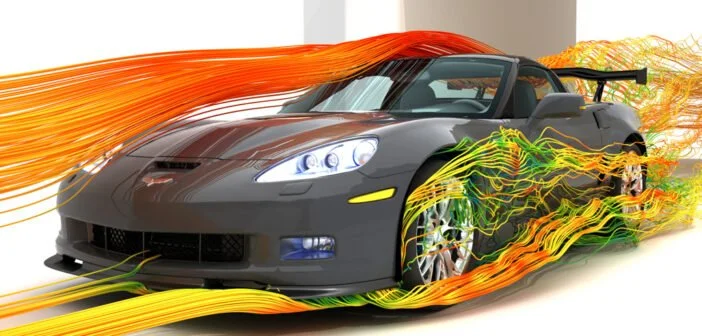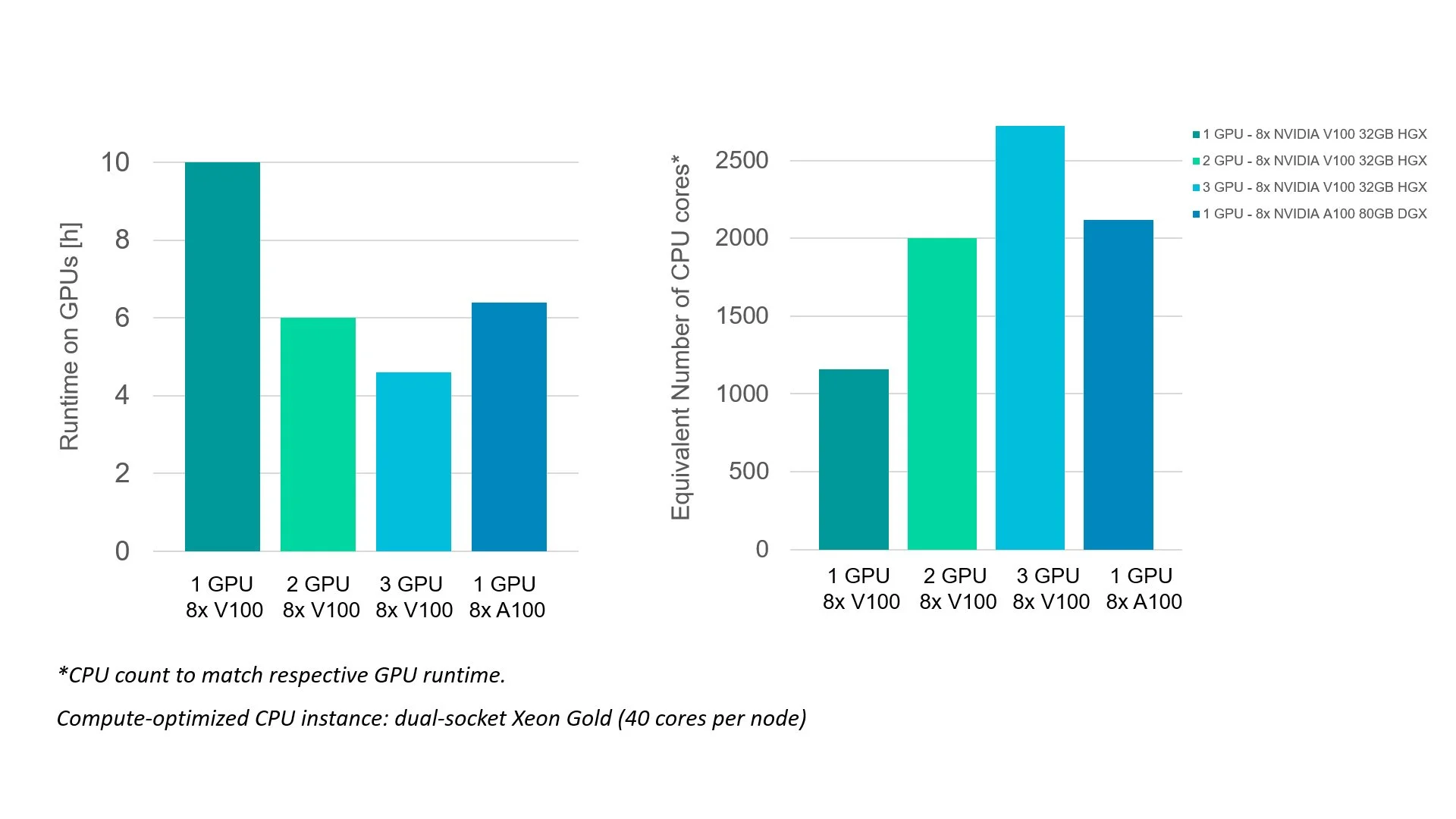Siemens Simcenter Star-CCM+ collaborated with NVIDIA to improve the simulation
According to Siemens Digital Industries Software it has opened the door to a new dawn of computational fluid dynamics (CFD) simulation through a tie-up with Nvidia. The Simcenter Star-CCM+ 2022.1 software now brings Nvidia CUDA-enabled GPU acceleration to enable faster turnaround times at lower hardware investment costs – to developers of all types and sizes.
“Siemens and Nvidia are opening the door to a whole new era of CFD simulation acceleration techniques in Simcenter Star-CCM+. With GPU-enabled technology, users can achieve faster turnaround time of CFD simulations at significantly lower per-simulation cost,” said Stamatina Petropoulou, technical product management, Siemens Digital Industries Software. “This technology will enable engineers working on external aerodynamics, aerospace, building and infrastructure/civil engineering applications, etc. to massively improve their simulation throughput at equivalent hardware investments with an increased per-dollar performance of GPUs compared to CPUs.”
Running a set of industrial-grade external vehicle aerodynamics simulations, the engineers at Siemens and Nvidia were able to demonstrate how usage of GPUs could reduce required hardware compute investments by up to 40% and the power consumption down to 10% of the CPU equivalent, while maintaining identical simulation turnaround times.
While CPU-based high-performance computing in conjunction with highly scalable CFD parallelization greatly speeds up the absolute times it can take to reach a solution, it comes at the cost of high hardware or cloud computing investments.
Niveditha Krishnamoorthy, developer relations manager, Nvidia, said, “Siemens Simcenter Star-CCM+ is giving an incredible boost to CFD simulations by using Nvidia GPU technology via the CUDA platform and accelerated libraries. Leveraging Nvidia GPU architecture, Star-CCM+ users can now run more simulations, faster, and can gain critical insights for their design and operation workflows without compromising on accuracy.”
Comparison of GPU- and CPU-based equivalent simulations: GPU run time and number of CPU cores required to reach almost identical turnaround times for the same vehicle aerodynamics CFD on GPUs and CPUs. GPUs see legend. Compute-optimized CPU instance: dual-socket Xeon Gold (40 cores per node)


